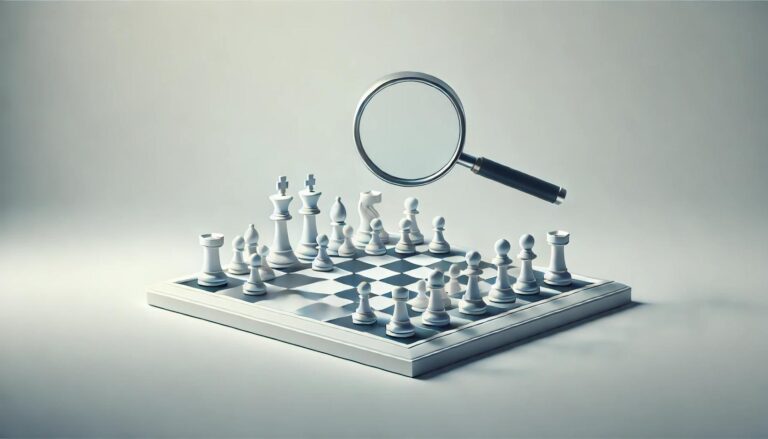Learning how to read a chess book starts with choosing the right one. Focus on books that match your skill level and preferred learning style, whether narrative or diagram-based, to make the most of your study and improve your chess skills effectively.
Section 1: Choosing the Right Chess Book
When it comes to learning how to read a chess book, the first step is to choose the right book. With so many options available, it can be overwhelming to know where to start. The key is to focus on your current skill level and choose a book that matches it.
Another important factor to consider is the format of the book. Some books are written in a narrative style, telling stories and explaining concepts through examples, while others may have a more textbook-like approach with diagrams and clear explanations. Consider what kind of learning style suits you best and choose a book that aligns with it.
Section 2: Setting Goals
Before diving into a chess book, it´s essential to set realistic goals for what you want to learn and achieve. These goals can help guide your reading and keep you focused.
As you progress through the book, make sure to track your progress and adjust your goals accordingly. This will help keep you motivated and give you a sense of accomplishment as you reach each goal.
Section 3: Active Reading
Reading a chess book is not the same as reading a novel. To get the most out of it, you need to actively engage with the material. Here are some tips for active reading:
2. Study the diagrams: Chess books are usually filled with diagrams, and it´s crucial to understand and analyze them. Take the time to study each diagram carefully, noting the positions of the pieces and any relevant annotations.
4. Analyze your games: Some chess books include annotated games for you to study. Take the time to play through these games on a chessboard and compare your thought process to the author´s analysis.
Section 4: Practice, Practice, Practice
Reading about chess can only get you so far; to truly improve, you need to put what you´ve learned into practice. As you read through the book, make sure to play games and apply the concepts and strategies you´ve learned. This will help reinforce your understanding and identify areas where you need more practice.
Section 5: Review and Reflect
Once you´ve finished reading a chess book, take the time to review what you´ve learned and reflect on your progress. This could include playing through the variations and games again, going back to your notes, or even discussing the concepts with other chess players.
In conclusion, learning how to read a chess book effectively involves choosing the right book, setting goals, actively engaging with the material, practicing, and reflecting on your progress. With these tips in mind, you can make the most out of your chess book reading and improve your game.

